ATG16L1 (Autophagy related 16 like 1)
Gene description Plays an essential role in autophagy: interacts with ATG12-ATG5 to mediate the conjugation of phosphatidylethanolamine (PE) to LC3 (MAP1LC3A, MAP1LC3B or MAP1LC3C), to produce a membrane-bound activated form of LC3 named LC3-II. Thereby, controls the elongation of the nascent autophagosomal membrane. Gene function The ATG16L1 gene provides instructions for making a protein called autophagy related 16-like 1. This protein is part of a larger family of proteins that are required for a process called autophagy. Cells use this process to recycle worn-out cell parts and break down certain proteins when they are no longer needed. Autophagy also plays an important role in controlled cell death (apoptosis). Additionally, autophagy is involved in the body’s inflammatory response and helps the immune system destroy some types of harmful bacteria and viruses. Disease association At least one variation in the ATG16L1 gene is associated with an increased risk of Crohn disease, particularly a form of the disorder that affects the lower part of the small intestine (the ileum). This increased risk has been found primarily in white populations. The identified ATG16L1 variation changes a single protein building block (amino acid) in a critical region of the autophagy related 16-like 1 protein. Specifically, it replaces the amino acid threonine with the amino acid alanine at protein position 300 (written as Thr300Ala or T300A). The effects of variations in the ATG16L1 gene on Crohn disease risk are unclear. Changes in this gene may affect the autophagy process, allowing worn-out cell parts and harmful bacteria to persist when they would otherwise be destroyed. These cell components and bacteria may trigger an inappropriate immune system response, leading to chronic inflammation in the intestinal walls and the digestive problems characteristic of Crohn disease. Researchers continue to study the relationship between changes in the ATG16L1 gene and a person’s risk of developing this disorder. Advanced information The following transcription factors affect gene expression (R):
Molecular Function:
Biological Processes:
